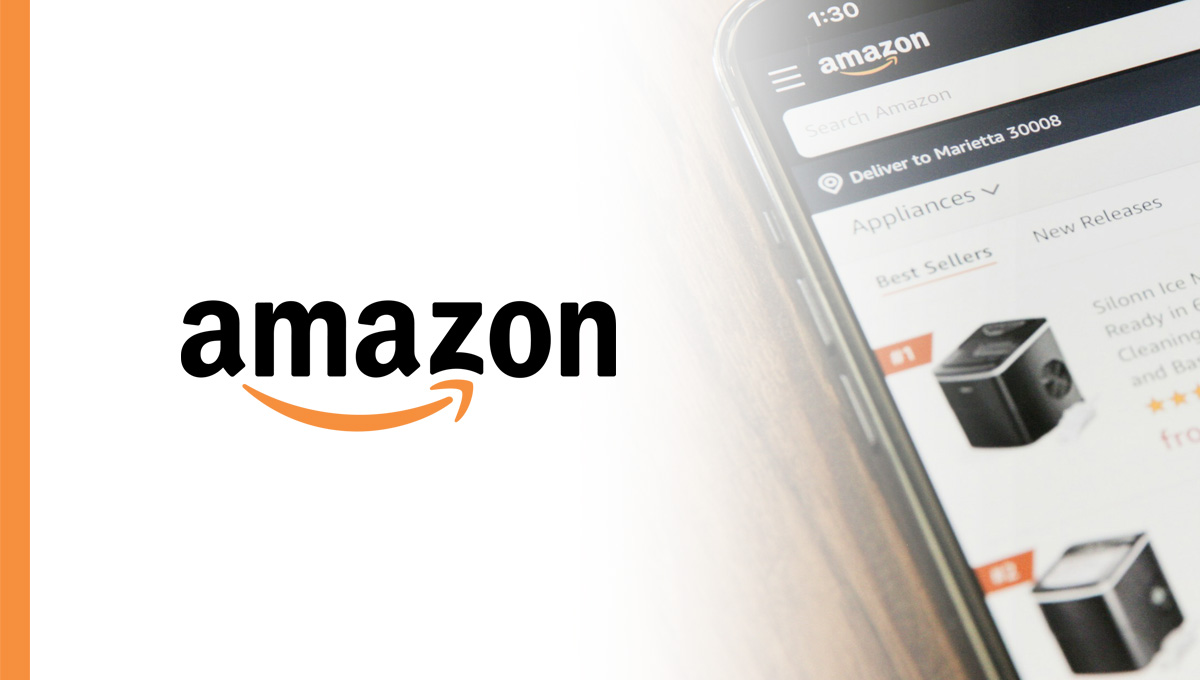Inside Amazon’s supply chain, innovation and efficiency coexist to create a robust system that drives the company’s success. This blog post explores the intricate workings of Amazon’s supply chain and offers insights into how businesses can apply these principles.
Understanding Amazon’s Supply Chain
To grasp how Amazon achieves rapid delivery and customer satisfaction, it’s essential to first understand its supply chain structure, which is a marvel of modern logistics.
Interested in data on top US companies?
Save tens of hours in 2 minutes with some of our best-selling Excel files:
- Definition: A complex network encompassing vendors, warehouses, distribution centers, and transportation systems that coordinate to fulfill orders efficiently.
- Components: Inbound logistics, inventory management, warehousing, order fulfillment, and outbound logistics.
- Goal: To ensure products are available and delivered to customers as quickly as possible, often exceeding their expectations.
Key Elements of Efficiency in Amazon’s Supply Chain
At the core of Amazon’s supply chain are several key components that facilitate unmatched efficiency and effectiveness.
1. Technology Integration
Amazon leverages advanced technology to streamline operations, creating a competitive edge.
- Automation: The use of robots in warehouses expedites sorting and packing processes. For instance, Amazon’s Kiva robots can autonomously transport items to human workers, significantly enhancing workforce productivity.
- Data Analytics: Real-time data analysis helps forecast demand and optimize inventory levels, leading to reduced costs and stockouts. Amazon uses predictive analytics to anticipate customer purchasing behavior based on past trends.
- Machine Learning: This technology improves delivery routes and predicts customer preferences, which enhances the overall service experience. By analyzing vast amounts of data, Amazon personalizes recommendations for users.
- Internet of Things (IoT): Smart sensors in delivery vehicles and warehouses provide better tracking and monitoring of processes, resulting in improved supply chain visibility.
2. Fulfillment Centers
Amazon strategically locates fulfillment centers to minimize shipping time and enhance efficiency.
- Location Strategy: Centers are strategically positioned near major urban areas, decreasing delivery times and costs. This strategic placement allows Amazon to offer same-day delivery in many locations.
- Size and Variety: Amazon’s large facilities can store millions of products, catering to diverse customer demands, including specialty and seasonal items. This extensive inventory system ensures that customers find what they need, when they need it.
- Multi-Tiered Fulfillment: The utilization of smaller, local “micro-fulfillment” centers helps facilitate faster last-mile deliveries, optimizing costs and improving service frequencies.
3. Prime Delivery
Amazon Prime has redefined shipping standards by providing rapid and reliable delivery options.
- Membership Model: This fosters customer loyalty through benefits such as free shipping, exclusive deals, and access to streaming services. The Prime model is designed to enhance customer retention and satisfaction.
- Same-Day and Next-Day Delivery: Amazon’s commitment to these services sets a high bar for shipping standards, pushing competitors to enhance their logistics capabilities.
- Order Optimization: Amazon employs sophisticated algorithms to minimize delays by optimizing warehouse operations and sorting packages by destination, ensuring fast and accurate order fulfillment.
Innovation Strategies in Amazon’s Supply Chain
Innovation is vital to maintaining competitive advantages. Amazon employs various strategies to stay ahead in a rapidly changing marketplace.
1. Drones and Robotics
The future of delivery is rapidly evolving with the introduction of drones and advanced robotics.
- Drones: Amazon is actively pursuing the use of drones for last-mile deliveries, which could significantly reduce delivery times and costs, particularly in hard-to-reach areas.
- Robotic Systems: Investments in robotic systems reduce human labor while increasing productivity within warehouses, allowing for continuous operations that enhance throughput.
- Autonomous Vehicles: Exploration of self-driving vehicles for deliveries aims to further increase efficiency and safety, contributing to a seamless delivery experience.
2. Sustainable Practices
Sustainability is a growing priority within Amazon’s supply chain.
- Electrifying Delivery Vehicles: The transition to electric delivery fleets reduces the carbon footprint, aligning with Amazon’s commitment to sustainability and eco-friendly practices.
- Eco-Friendly Packaging: Amazon strives to minimize waste through recyclable materials and less packaging, appealing to environmentally conscious consumers.
- Carbon Neutrality Goals: The company aims to achieve carbon neutrality by 2040, reflecting an industry-wide trend toward sustainability and responsible business practices.
3. The Use of AI
Artificial Intelligence is central to optimizing decision-making processes within Amazon’s supply chain.
- Customer Insights: AI tools analyze and predict consumer behavior, enabling tailored marketing strategies that resonate with specific customer segments.
- Inventory Management: AI enhances the ability to accurately track stock levels and automate reordering processes, helping to minimize costs associated with overstocking and stockouts.
- Predictive Analytics: This technology anticipates trends and consumer demands, allowing for proactive supply chain adjustments and improved forecasting accuracy.
Actionable Insights for Businesses
Understanding Amazon’s supply chain can offer critical lessons for other businesses striving for success.
- Embrace Technology: Investing in automation and data analytics can significantly improve operational efficiency and boost customer satisfaction.
- Customize Logistics: Tailoring your supply chain strategy to meet customer needs rapidly, by leveraging local logistic capabilities, can lead to increased responsiveness and engagement.
- Think Sustainability: Integrating eco-friendly practices not only enhances brand reputation but also appeals to the growing base of environmentally conscious consumers.
- Adopt Continuous Improvement: Foster a culture of continuous improvement within organizational processes to refine operations and respond proactively to market changes.
Implementing these insights not only enhances supply chain processes but also drives customer satisfaction and bolsters competitive advantage. By examining Amazon’s groundbreaking strategies, businesses can gain invaluable perspectives to innovate and succeed in today’s dynamic marketplace.








![Top 1200 UK Companies [FTSE All-Share + FTSE AIM All-Share] – Excel Download](http://store.disfold.com/wp-content/uploads/sites/11/2024/05/top-1200-uk-companies-ftseallshare-aimallshare-small.jpg)
![Top 500 Australian Companies [All Ordinaries] – Excel Download](http://store.disfold.com/wp-content/uploads/sites/11/2021/04/top-500-australian-companies-allordinaries-small.jpg)